A while back I reviewed the documentary film The Ackermonster Chronicles – a documentary film telling the life story of Forrest J. Ackerman. The film conveyed Ackerman’s life in a way that I compared to people talking about Ackerman at a wake, telling stories about his life, and in my view it didn’t quite get across why, necessarily, Ackerman was historically important or significant. George Harrison: Living in the Material World, from director Martin Scorsese uses the same style of presentation, but gets that point across better. Continue reading
Tag Archives: Film Review
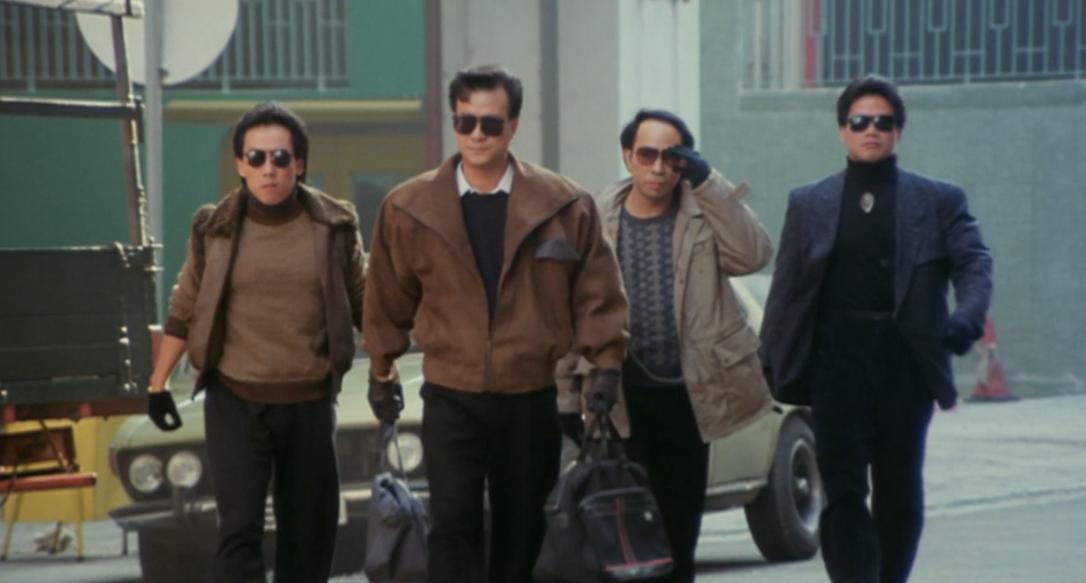
Film Review: City on Fire (1987)
Before Quentin Tarantino made Reservoir Dogs (or, for that matter, Kathryn Bigelow made Point Break), Ringo Lam made City on Fire. Continue reading
Black Panther came out in the middle of last month (February 17th). I’ve waited a few weeks for people to talk about it, and now I’ll give my thoughts on the movie. Continue reading

Anime Review: The Cat Returns (2002)
The Cat Returns is, to my knowledge, the only semi-sequel feature film that Studio Ghibli has ever put out (ignoring shorts made for museums). It’s also one of the small number of films put out by Studio Ghibli that aren’t directed by Isao Takahata or Hayao Miyazaki. The film was directed by Hiroyuki Morita, as part of an initiative at Ghibli introduced by Miyazaki as an attempt to groom new directors so the studio isn’t dependant on Takahata and Miyazaki, so when they retire, the studio could go on.
If your response to that last sentence is “Didn’t Ghibli shut down when Miyazaki retired?” then you know exactly what came of that initiative. I don’t know if this was due to internal politics where Miyazaki wasn’t happy with the directors who came out of this project, Miyazaki being a general curmudgeon, or what? Takahata, on the other hand, in spite of my general comments about him and his work in my article about Akira, seems to be okay with younger animators directing films at Ghibli – as the decision to shut down seems primarily driven by Miyazaki, without any feedback by Takahata.
Anyway, as far as the film itself goes – this is probably the most conventionally “anime” film that Ghibli has ever done. This isn’t a slight against the film, by any means. It’s just that most Ghibli films, especially those from Miyazaki, tend to be more pastoral in their settings while most anime (that is set in Japan) tends to be metropolitan (even historical pieces like Rurouni Kenshin). This film, is instead in modern Japan, and most likely in Tokyo.
Just to put an underline on how more conventional anime this film is, the opening of the film is our protagonist, ordinary high school girl Haru Yoshioka, waking up late, quickly getting getting ready for school, but not having enough time to leave breakfast. This leads to her racing downstairs, and seeing her mother eating breakfast of a fried egg on toast, with a similar dish waiting for her, setting up the archetypal anime shot of female protagonist running to school while trying to eat a piece of toast – before she decides to leave without the toast. While this is a subversion of that bit – the key is that Takahata or Miyazaki wouldn’t even go that far.
This goes on with most of the character designs as well – they have some of the slightly larger eyes you see in more conventional anime characters, as opposed to most of Miyazaki’s other films where the characters are less stylized (aside from Castle of Cagliostro, where aside from Fujiko Mine who is almost unrecognizable compared to her other appearances, the Lupin crew retained their conventional designs)
It reminds me a lot of Your Name., where that film lead to a lot of people lauding Makoto Shinkai for being “the next Miyazaki”, when all things considered, his film is a lot more conventionally anime in terms of style and settings.
Where the story kicks off is Haru sees a cat (carrying a parcel) while walking home with her friend. When said cat goes to cross the street and is nearly run over by a truck, Haru grabs her friend’s Lacrosse stick and runs in front of the truck, scooping up the cat, and evading either certain death or ending up in an isekai story. The cat then stands up, and thanks her for saving him, says that he’s a Really Big Deal back in the cat world, and she’ll be rewarded for this.
When the first attempt to reward her – by planting foxtales in her yard (which sets off her and her mothers pollen allergies), putting catnip in her pockets (which leads to cats following her to school and gets her in trouble), and live mice in her shoe locker (which is just freaky). While helping clean up after school, she complains about the gifts to the Assistant to the King of Cats, and complains about her relationship problems at the time. The Assistant offers to deal with that for her, and match her up with the Prince of Cats – without listening, she agrees.
However, once she realizes what she’s done, she’s directed to the “Cat Bureau” run by The Baron (who was introduced in Whisper of the Heart), who agrees to help get her out of this – and the remainder of the story ensues.
I really enjoyed this film – it’s a very well put together coming-of-age adventure romp, though it’s not without some faults. Haru has a lot less agency than most of Miyazaki’s other female protagonists – spending most of the film reacting rather than acting, and having to be rescued rather than rescuing herself. There are exceptions – she certainly makes choices on her own behalf, and she makes a few important observations that help lead to our protagonists extricating themselves from various situations.
However, when she gets into bad situations (whether situations that are perilous or negative), she generally has to be extricated by the actions of someone else (often The Baron, but not always). To the credit of writer Reiko Yoshida and the film’s director, there are legitimate textual and metatextual reasons for this. The textual reasons are that the means of escape are often related to information that Haru simply doesn’t have access to.
The metatextual reasons are related to the fact that the writer envisioned this story as being written by the protagonist of Whisper of the Heart about the character of The Baron. In other words, the story of The Cat Returns is as much about Haru as Big Trouble in Little China is about Jack Burton. While Jack and Haru are both one of the protagonists of their respective stories, they aren’t the main protagonist – they’re viewpoint characters. Their role is to give the audience perspective of the world’s they’re going into.
That said, I still would have preferred if Haru had more of an active role in the story – once she meets Yuki and she and the audience learn that Yuki works at the palace, I would have liked if Yuki had come onboard as an equal supporting character if not on par with The Baron, than on par with Muta, in terms of providing Haru assistance in her escape – like finding a way to provide her information about how to escape, so that Haru is looking for that opportunity when The Baron makes his appearance again.
Sadly, director Hiroyuki Morita has only directed one other work of anime – and it wasn’t for Ghibli. He directed the incredibly dark super robot anime Bokurano, before returning to working in Key Animation, most recently working with Polygon Pictures on Knights of Sidonia, Ajin, and the new Godzilla anime film series. He has worked with Studio Ghibli a few more times as an animator as well – working on Tales of Earthsea, and The Tale of Princess Kaguya.
On the other hand, writer Reiko Yoshida has a ton of other series and films under her belt, including Girls Und Panzer and its OVAs and films, the film version of A Silent Voice, and most recently the currently airing Violet Evergarden and Hakumei and Mikochi.
The Cat Returns is currently available from Amazon.com and RightStuf.

Documentary Review: The Dwarvennaut
Back when I was getting actively into gaming again, I started reading Knights of the Dinner Magazine, and some issues of Dragon Magazine when I could. In those issues of the magazine, I encountered ads for Dwarven Forge, a company making miniature dungeon terrain out of really durable material, what I presume is plastic resin, called Dwarvenite. It was incredibly well sculpted, beautiful to look at, and as a high school and later college student, I couldn’t even begin to hope to afford it, never mind to have space for it. But I really wanted to be able to be in a game that used it.
Fast forward to a few years ago when I finally got in a long-running game again, and much to my delight, my GM owned pretty much all of the Dwarven Forge terrain that had come out to date – so I was able to play with it and experience using it first hand – and it was great. And then I learned about a documentary on Netflix about the guy who started Dwarven Forge, and I decided I had to check that out. I didn’t know exactly what it’s tone would be. However, thus far Netflix had not steered me wrong on the documentary front, so what the hell?
The Dwarvenaut is a interesting documentary – as both an character study of Stefan Pokorny, the founder of the company and one of the sculptors of the terrain the company puts out, and a brief snapshot of what draws people to Roleplaying games. That said, the film is tends strongly more towards the former than the latter. Stefan talks about what drew him to RPGs and we get some interviews with people, often industry luminaries, about what drew them to RPGs – but while the documentary goes to GenCon and other locations we don’t get much of an opportunity to talk to newer roleplayers about why they play, and what draws them to the products that Dwarven Forge makes.
The framing “narrative” as much as there is one, is based around the launching of Dwarven Forge’s third kickstarter, for their City Terrain set, after their earlier “Dungeon” and “Cave” sets. In particular, there are some concerns that due to overpromising on the kickstarter, if they don’t raise $2 million, they will end up going bankrupt. The “will they or won’t they make the goal” part of the
The profile of Stefan is far more engrossing – getting into not only what motivates him as a person who is into roleplaying (specifically designing a product that would motivate people to play in person instead of online), but also as an artist. There’s an scene in the film where Stefan goes back to Venice, where he spent some time after he graduated from art school, and he talks about the wear on the stones and about the stories those buildings must have scene – and that speaks volumes of the artistic motivations behind the Dwarven Forge terrain.
The film also does an amazing job of presenting Dwarven Forge’s terrain, visually. We get some really well shot closeups of the terrain, with lighting and dry-ice fog that makes it look like a miniature from a fantasy movie (and that’s not a bad thing – this is a product that you can buy after all). It kinda makes for a really strong advertisement for Dwarven Forge’s products, which is not what I expected from this documentary.
It’s an engrossing film. I don’t know if it’s one that I’d necessarily add to my collection, but it was definitely worth watching. The film is currently available for streaming on Netflix, and also on Amazon on DVD and Digital.
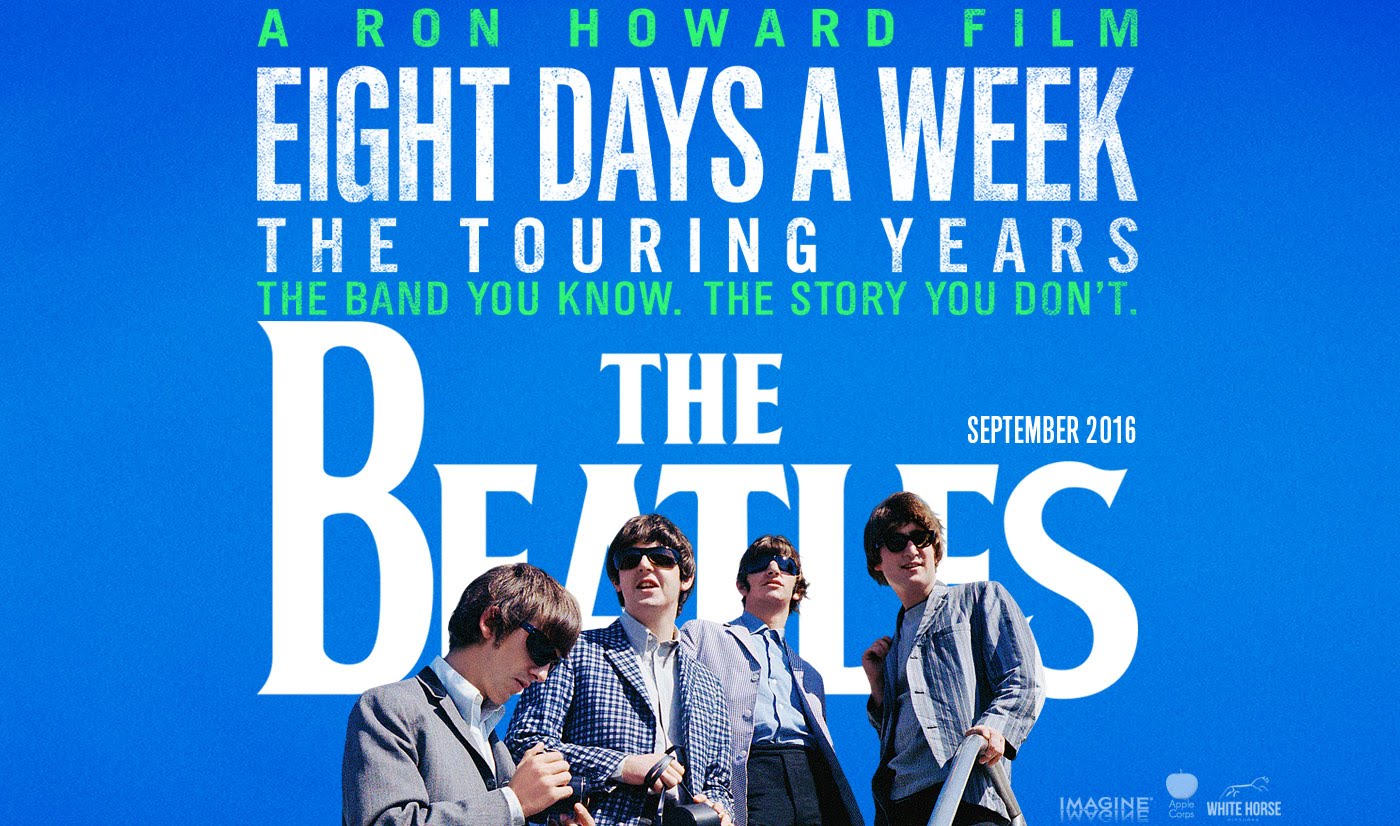
Film Review: The Beatles – Eight Days A Week – The Touring Years
A while back I reviewed Sgt. Pepper’s Musical Revolution, a documentary on one of the more prominent albums to come out of the second part of the career of The Beatles studio-only era. A little before that documentary came out, Ron Howard came out with his own documentary on the Beatles, covering their touring years, from when they got big in the UK, to their US tours, and finally becoming dissatisfied with touring.
Some of these stories aren’t entirely new – a lot of this is covered through a lot of histories of Pop Music, Rock Music, and the Beatles themselves. What makes this documentary different is the extensive interviews of the surviving Beatles in the documentary. Additionally, when it comes to the reaction of fans, and the experience of going to these concerts, the documentary also gives time to minority voices, to African American fans who were able to go to their concerts in the South because the Beatles required that the audience be integrated, along with fans in the North (specifically New York)
That said, there are some things that were omitted that I wish had more coverage. There isn’t much discussion of the Beatles Cavern Club years, outside of a mention that a concert promoter spotted them at the club and brought them to play a few gigs in Hamburg. And there isn’t much discussion of the point where The Beatles switched from playing smaller venues to more… conventional audiences, to crowds of girls screaming so loud that they couldn’t hear themselves play.
This last is something of a bummer because there’d never been anything quite like that before, and I don’t think there’s been anything quite the same since. Not even the Boy Bands of the ’90s and 2000s got the same reaction as the Beatles did. The documentary also doesn’t give a sense of the pace – a switch is slipped and all of a sudden everything has changed. Even if this did happen overnight, somebody had to have looked into why this happened overnight. This is the kind of thing that people write doctoral dissertations about – in music, in business, and in human psychology.
It’s not like John Lennon went to bed one night, and then woke up the next morning with hordes of screaming teenage girls outside his window like in Life of Brian (though that is an amusing mental picture). In the same way, it’s not like the Beatles only toured for 2-3 years before retiring. Of their 7-8 year career, they toured for half of it, so the transition of the audience reaction is important, and if it really was an overnight thing, where one day you’re playing to what is basically an ordinary crowd reaction, and the next the audience is in full Beatlemania and sustains that fever pitch for 4 years, that speaks volumes. The same thing if there was something of a build-up to that.
The documentary is still worth watching, but that’s something to keep in mind.
The film is available from Amazon.com – if you do pick this up through that link, I get a referral from whatever you pick up on that purchase.

Film Review: Dawn of the Dead (1978)
There are a few films that other people really like that I have completely bounced off of. I bounced off of Fight Club due to how the film handles mental health issues – and particular its discussion of support groups – using support groups as the negative avenue which Tyler Durden uses to put together Project Mayhem, and ignoring or dismissing the helpful elements support groups have (though, having organized a support group, I admit that I bring some distinct baggage to the table).
The same way, I bounced off of Dawn of the Dead – the most beloved film in George Romero’s Dead series, the same way. The first time I watched it, it turned me off the wagon of the entire Zombie genre. That was almost 10 years ago, so I thought with 10 more years of life experience, maybe I’d be able to roll with the story it’s trying to tell.
Nope.
I bounced off this like Sonic the Hedgehog spin-dashing into a spring in the Green Hill Zone.
I think fundamentally, the reason why this doesn’t work for me is that I’m not particularly nihilistic. I am pessimistic – I try to prepare for the worst so I’m not surprised by it, but I’m never really nihilistic – I never expect and actively hope for the worst.
That’s the problem for me – Dawn of the Dead is a very nihilistic film. It assumes and believes that humanity truly is the worst, and that the best possible outcome for the world is that humanity is wiped out and rendered extinct – that nothing good can come from or for humanity, and that belief is represented clearly by the film’s originally planned (but never shot) ending, where after the protagonists home is destroyed not by the encroaching force-of-nature undead (as with Night of the Living Dead), but by greedy selfish humans – leading one protagonist being killed, one wounded – the remaining two survivors kill themselves – one eating a bullet, the other by decapitation by helicopter blade.
According to my research, that ending wasn’t used not because George Romero thought it was a bit much – but because the audience would have thought it was a bit much.
In the world of Dawn of the Dead, while our handful of protagonists seem okay – or at least are not the garbage humans that are part of the SWAT team, or the project dwellers who are saving their dead even though they are clearly turning into zombies, or the network executive who wants to keep out of date evacuation center information on of the air for the sake of ratings, or the bikers from the film’s conclusion – they are clearly the minority compared to the rest of the world. As that previous run-on sentence makes clear, the rest of the characters in this film are generally crap. We’re not supposed to have empathy for them. We’re supposed to either not care if they live or die, or be okay with them being chewed on by walkers – and that’s the problem.
Horror works best, at least for me, when there are good people in the film who we don’t want bad things to happen to – and for there to be a possibility for the horror to end. With Romero’s Dead series – the source of the horror doesn’t end. The Zombies aren’t going anywhere – and any attempt to rebuild or make any sort of safe place free of the horror will be destroyed by the Assholes.
That said, I can roll with a Worst Ending style apocalypse, but those work for me when it’s a clearly telegraphed uncontrollable situation – the alien from The Thing, The Ancient Evil from In The Mouth of Madness and Prince of Darkness, that sort of thing. In Dawn of the Dead the apocalypse persists because people are inherently assholes so attempts at reconstruction aren’t worth it or automatically tainted.
My original intent was
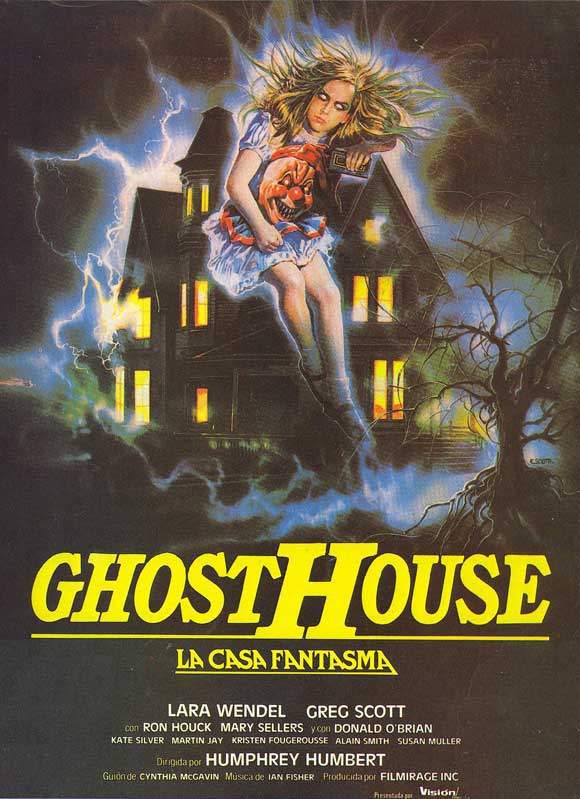
Film Review: Ghosthouse
Ghosthouse is technically an unofficial sequel to Evil Dead 1 & 2, and part of the “La Casa” series of horror films (the same way that the “Zombi” films are a bunch of Zombi films that are technically unrelated but are all thematically sequels to each other). Continue reading
This week I have my thoughts on Blade Runner 2049 (recorded the week after it came out).
Please support my Patreon at http://www.patreon.com/countzeroor
Member of The Console Xplosion Network: http://www.theconsolexplosion.com/
Watch my Live-Streams on http://twitch.tv/countzeroor/

Film Review: X – The Man with the X-Ray Eyes
X: The Man with the X-Ray Eyes is a Roger Corman film from the early ’60s. This, in general, is something of a warning sign. Numerous ’60s Corman films ended up on MST3K, or its successors Cinematic Titanic and Rifftrax. The fundimental story is actually pretty good, but the execution stumbles. Continue reading

Film Review: Der Fan/Trance (1982)
This film is what I’d describe as a proto-Neon Demon. A somewhat slow paced horror film with a profound sense of tension and dread created by the foreboding electronic score by Rhinegold. Continue reading
Just in time for the Day after Halloween, I’ve got my review of the 1976 proto-slasher film, “The Town That Dreaded Sundown.
Please support my Patreon at http://www.patreon.com/countzeroor
Member of The Console Xplosion Network: http://www.theconsolexplosion.com/
Watch my Live-Streams on http://twitch.tv/countzeroor/

Film Review: House/Hausu (1977)
This is probably the most surreal horror film I’ve watched this October, and may be the most surreal horror film I will ever watch. Continue reading
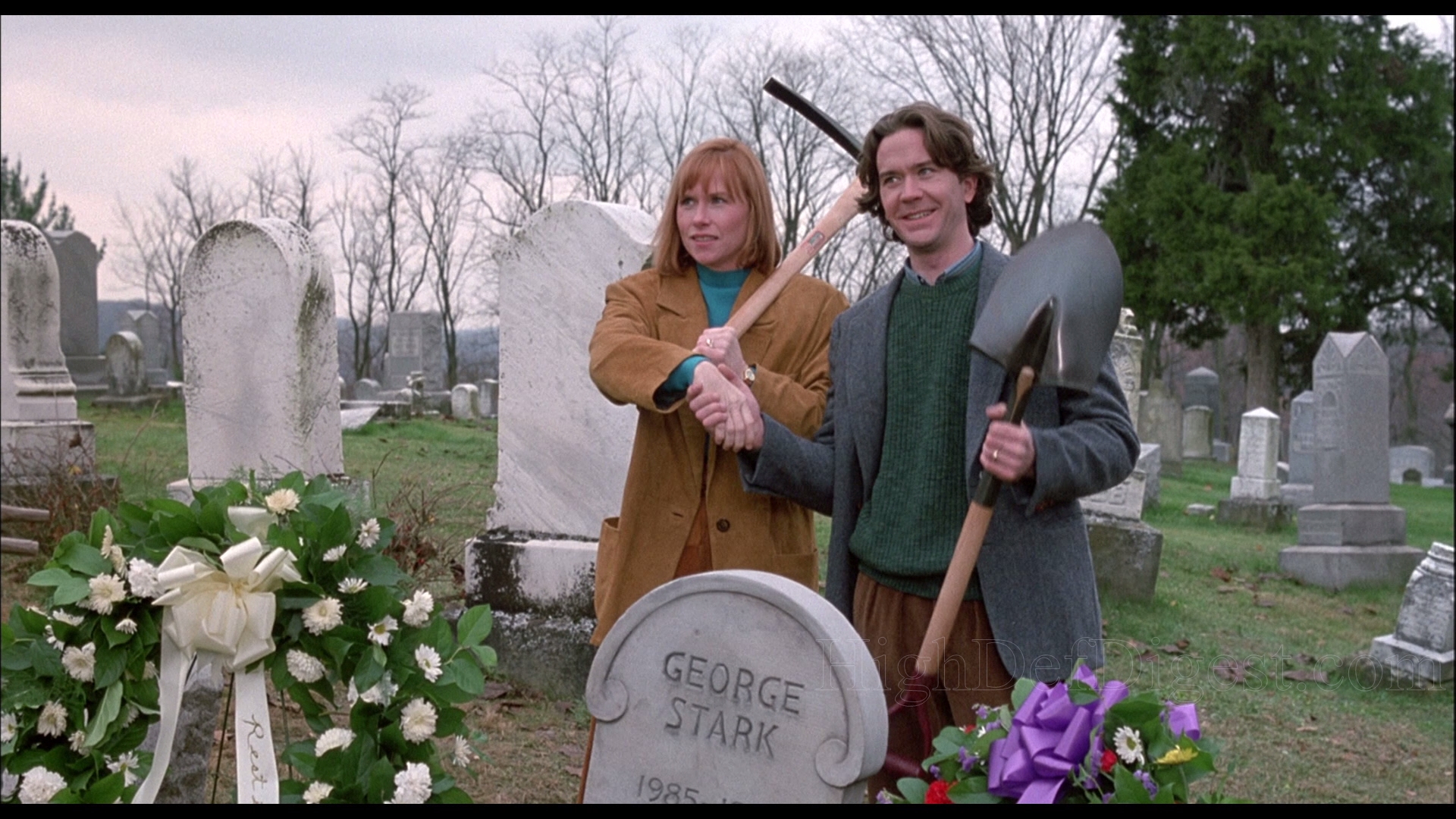
Film Review: The Dark Half (1993)
Once upon a time (I can’t find the original post), I reviewed the 2004 miniseries version of Salem’s Lot, starring Rob Lowe. The miniseries was pretty good, and was able to successfully tell a horror story in about 3 hours – when by comparison most horror films tend to work better in the 90 minute range. So, I was looking forward to checking out The Dark Half, as it was adapted by legendary director George Romero, and with several actors who I’ve come to really enjoy – Timothy Hutton and Michael Rooker. Continue reading

Film Review: Blood and Black Lace (1964)
A while back I reviewed one of Mario Bava’s earlier anthology films – Black Sabbath. This week I’m reviewing one of his more classic Giallo films – indeed his most influential giallo film: Blood and Black Lace. Continue reading

Film Review: The Incredible Melting Man
The Incredible Melting Man is a 1950s Drive-In creature feature made in the 1970s. Continue reading
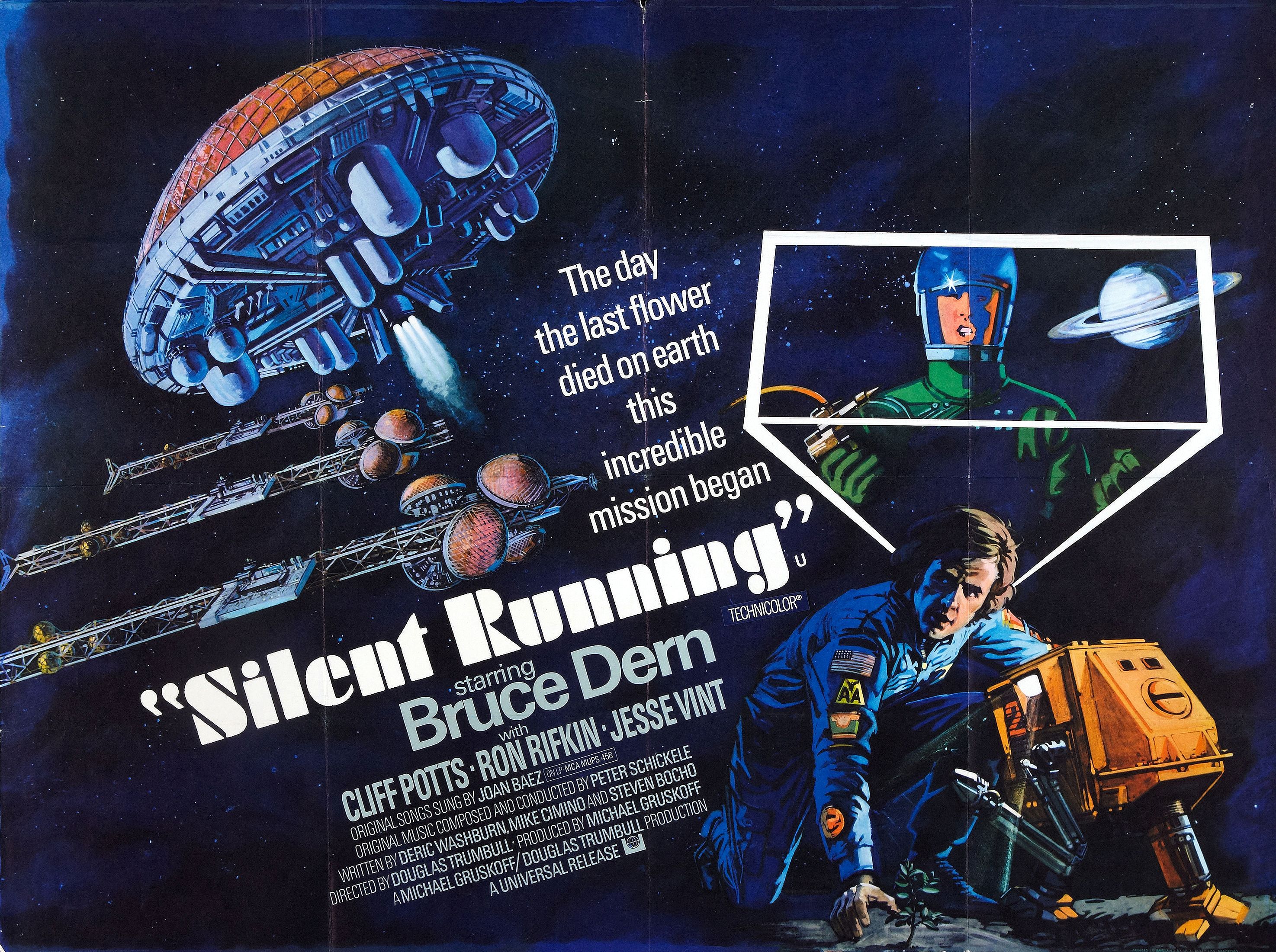
Film Review: Silent Running (1972)
Silent Running is a weird film to talk about. It’s clearly a film that wants to be a response to 2001: A Space Odyssey, made in the 1970s in the wake of auteur films like Easy Rider. It’s also very clearly a film with something to say, which is cool as I really like science fiction that engages in social commentary. However, there is a bunch about Silent Running that doesn’t quite work. Continue reading

Film Review: The Town that Dreaded Sundown (1976)
I’m taking a look at the proto-slasher film The Town That Dreaded Sundown from the late ’70s, predating Halloween, but being made after Black Christmas. Continue reading
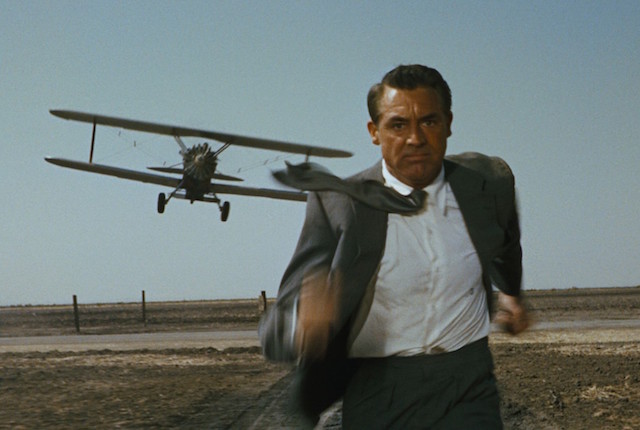
Film Review: North by Northwest
Alfred Hitchcock’s classic film North by Northwest is an iconic film, that most people know of for at least one sequence – the cropduster scene in the middle of the film – with the assumption that this is a tense thriller. It is, but it’s also a little more comedic than you’d think. Continue reading

Movie Review: Doomsday (2008)
Doomsday is, in short, director Neil Marshall’s amalgamation of John Carpenter’s Escape from New York and The Road Warrior (with a side of Beyond Thunderdome), and the concepts go spectacularly well together. Continue reading

Movie Review: The Legend of Hell House
I enjoy a good haunted house film – like Poltergeist and the Woman in Black. When this film, adapting a novel by Richard Matheson which was in turn inspired by a Shirley Jackson novel, came up on my radar. Continue reading

Film Review: Mission Impossible – Rogue Nation
In the original Mission: Impossible television series, one of the recurring antagonists outside of the Not-Soviets was the Syndicate, a mysterious criminal organization that was something of a mix of the Mafia and SPECTRE. In the conclusion of Ghost Protocol (which I previously reviewed), Ethan was sent on new mission, to take on the Syndicate. In this film, we finally get that confrontation. Continue reading
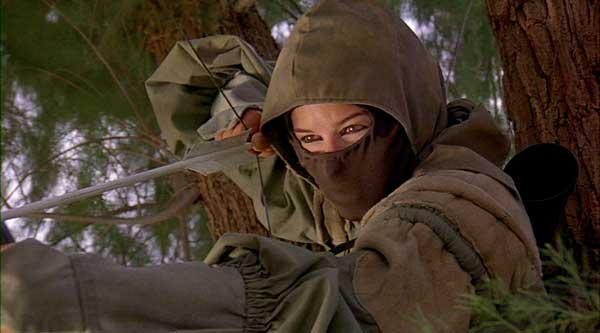
Movie Review: Ninja III – The Domination
Going into this film, it’s important to note that this is a Ninja film released in the early-to-mid 1980s (depending on how you look at it), from Cannon films, and starring Sho Kosugi. That, out of the gate, implies a certain level of camp to the film. That said, Cannon films operates at a couple different levels – fun dumb, and then just dumb. So, the question then becomes which kind of dumb is this film? Continue reading

Anime Review: Bodacious Space Pirates – Abyss of Hyperspace
Bodacious Space Pirates was a show, back from 2012, which was a fantastic anime series, which had all the fun of old-school Juvenile SF, but without the problematic elements that those works often run into (and the problematic elements from some contemporary SF). However, the end of the series left me hoping for more, and in 2014, a film sequel to the series came out, subtitled Abyss of Hyperspace, with US release coming later in 2016. At long last, I’ve finally had a chance to watch it, so it’s time to give my thoughts. Continue reading
